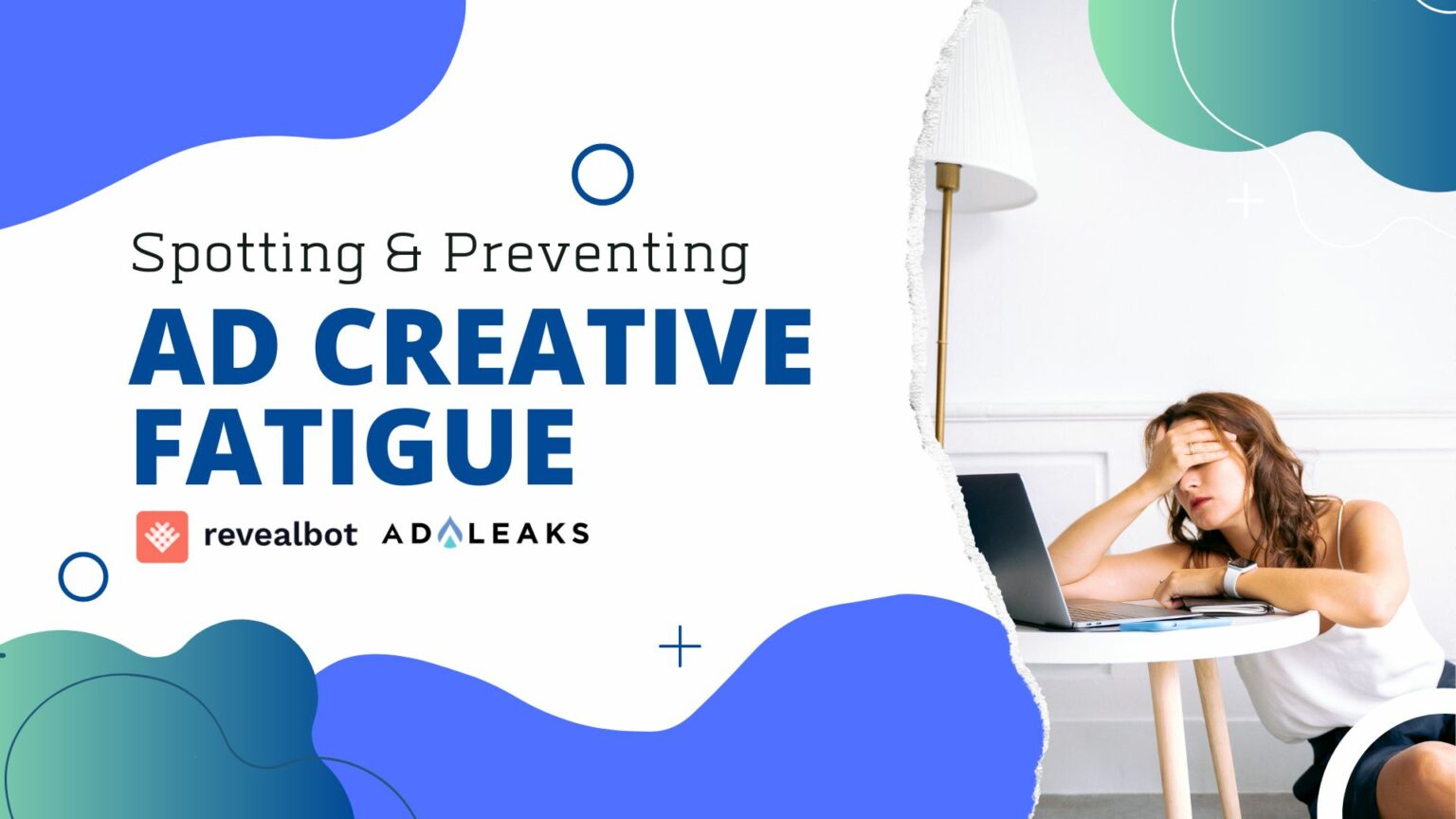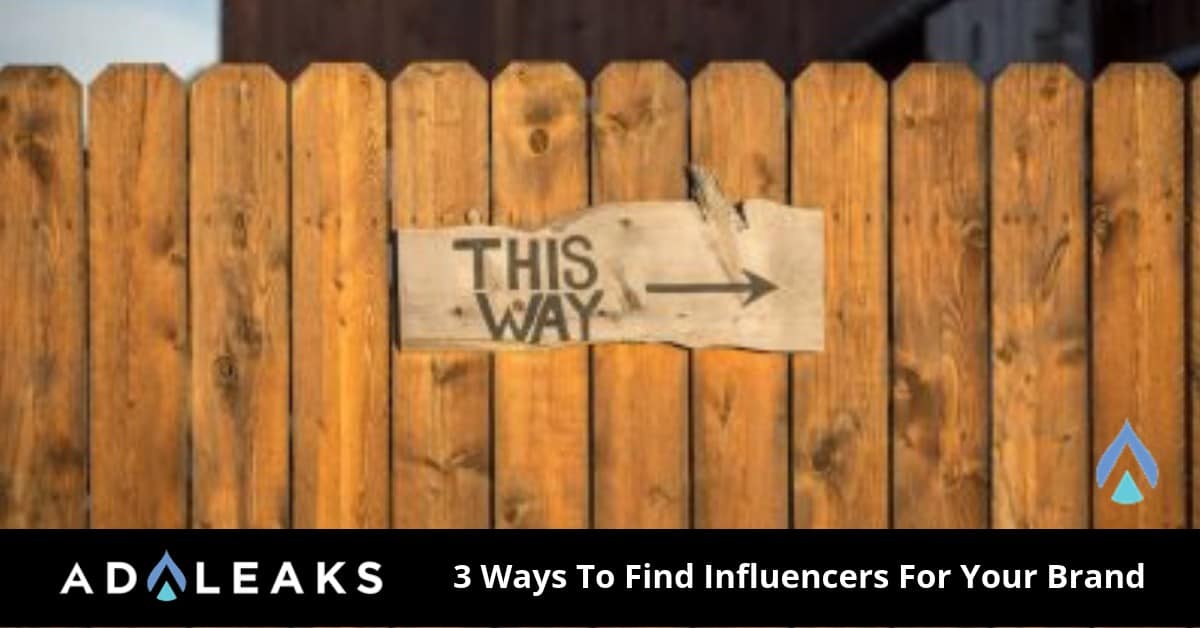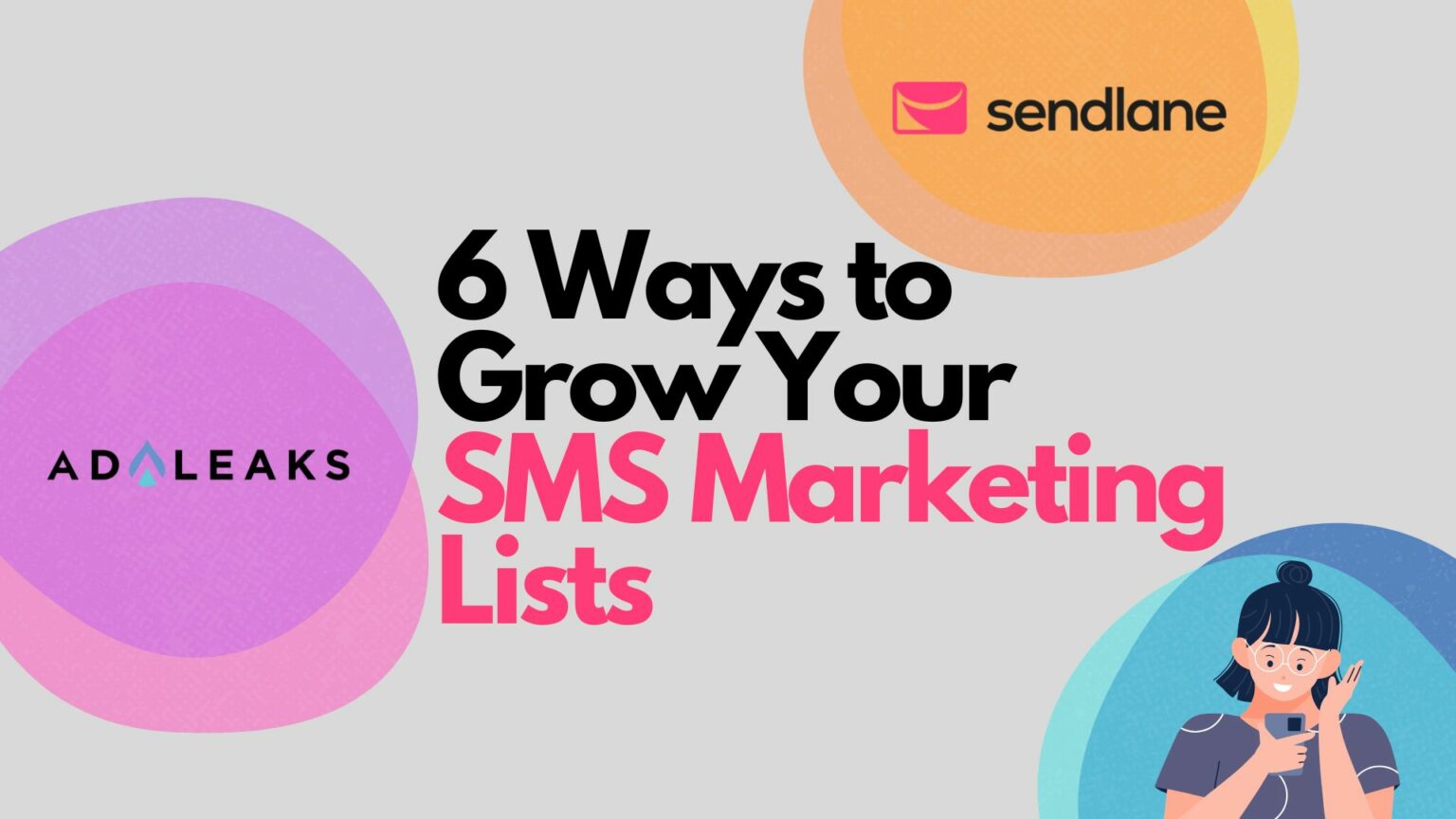
3 Ways To Find Influencers For Your Brand


Never before have so many small businesses been able to talk to their customers using the voices of trusted and recognizable people. It's an opportunity that I think people would be foolish to pass up.
If you see the value of influencer marketing and want to get your influencer program rolling, the first step is going to be identifying some influencers to collab with. I’m going to share some of the things I wish I had known while managing influencer campaigns for several 8 and 9-figure brands.
Disclosure: because my platform is mentioned below, I’m the founder and CEO of CloutHQ, the first and only public influencer database as of this writing.
1. Find Shared Resources Online
Before 2018, the only way you could find influencers was to go to the platform of your choice and start typing in hashtags or by signing up for a costly platform that required a long contract and several hundred or thousands of dollars a month.
That's still mostly true today, and that's the first place I suggest looking for influencers.
If you want a more robust option CloutHQ has more than 19,000 curated influencers from other advertisers. This will also add them directly to the CloutHQ database so you can locate them later.
2. Let Instagram Suggest People To You
Instagram makes finding new influencers fairly simple if you can show them what you’re looking for. It’s not the fastest way by any means but it’s a starting point if you’re in a very specific niche and want to be particular about who you talk with. This is also a good tactic for people looking for local influencers.
Start looking through competing companies that have used influencers in the past. In the fashion niche, @LiketoKnow.it is a good one. Scroll through and find an influencer that looks like they could be a match, then click to follow.
Instagram will suggest similar influencers that you can follow and reach out to for brand collaborations. I would suggest making a second account where you can follow the influencers you like without ruining your personal feed.
3. Opt-in Platforms
An opt-in platform is where a brand submits a campaign and influencers apply by submitting a proposal with their terms and price.
Pros:
- Influencers come to you.
- Quick and easy.
Cons:
- Pricing is usually much higher.
- Lots of low-quality influencers.
- Ambassadors will know you're open to paying for posts which limits your ability to do product-for-post deals in the future.
- 10% Fees on both sides of the transaction (i.e.: $500 deal costs you $550 and the influencer only gets $450)
You can create a campaign on one of these platforms by following the on-screen directions. Outline your requirements and submit them for approval.
Influencers that browse these forums for brands to collaborate with will be notified and can choose to submit a proposal to you directly through the platform.
I like this process in some cases because you know all of the influencers reaching out are interested in working with you. This tends to work better than reaching out to influencers cold and trying to convince them to post about your products.




